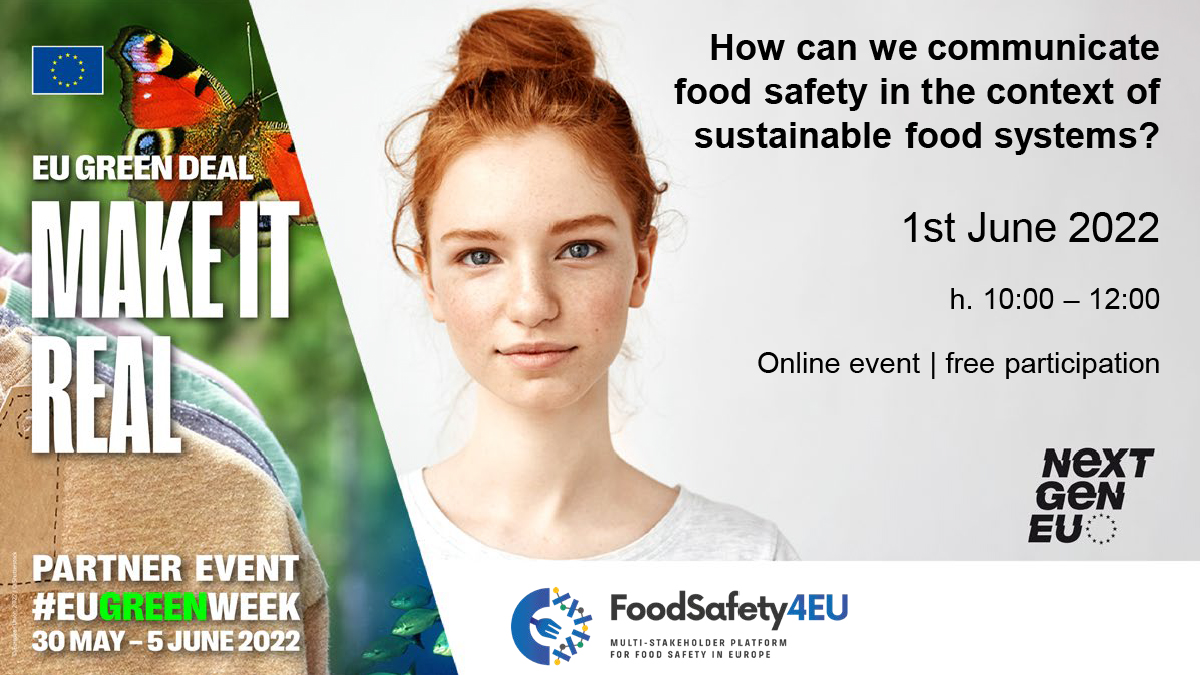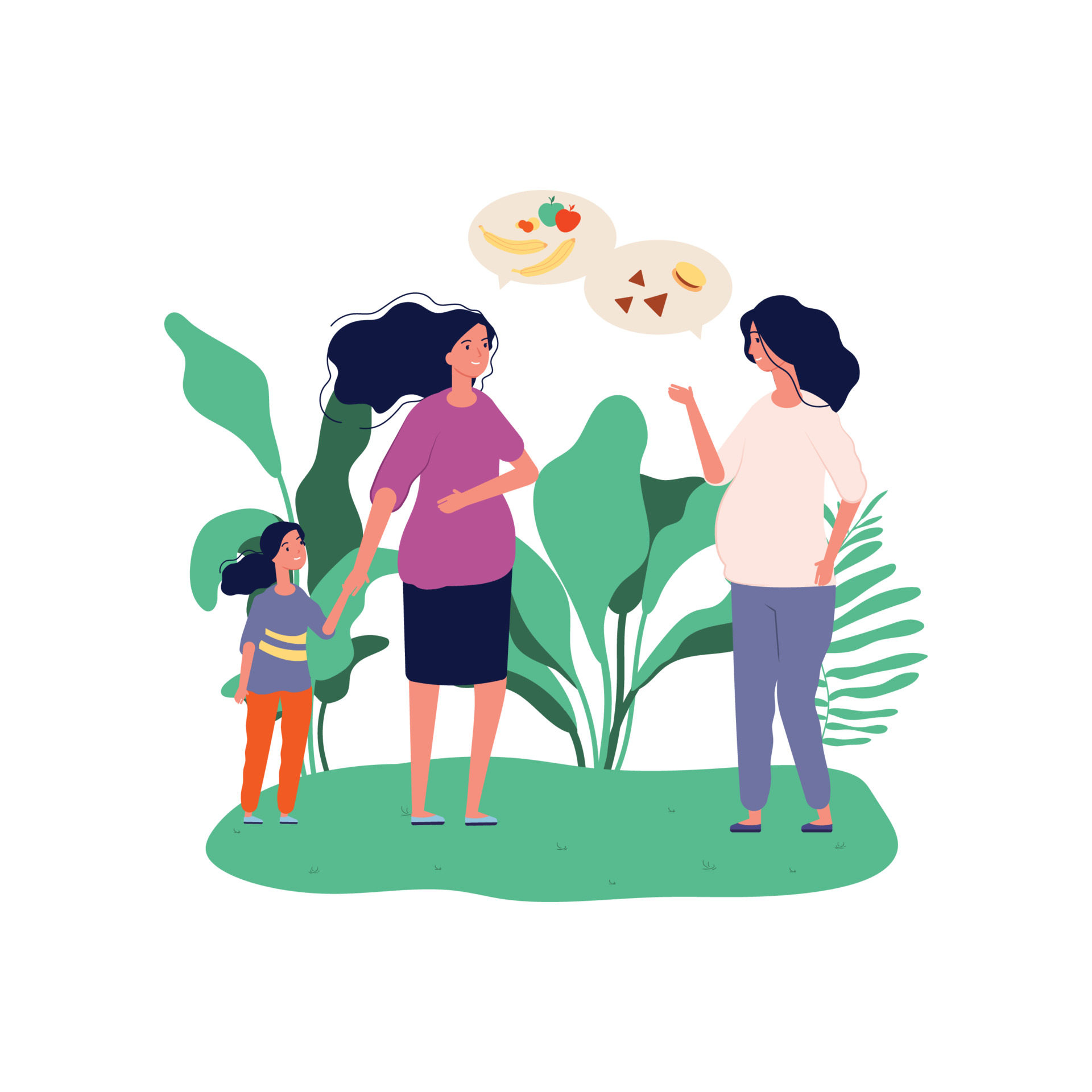How can we help consumers mitigate risk?
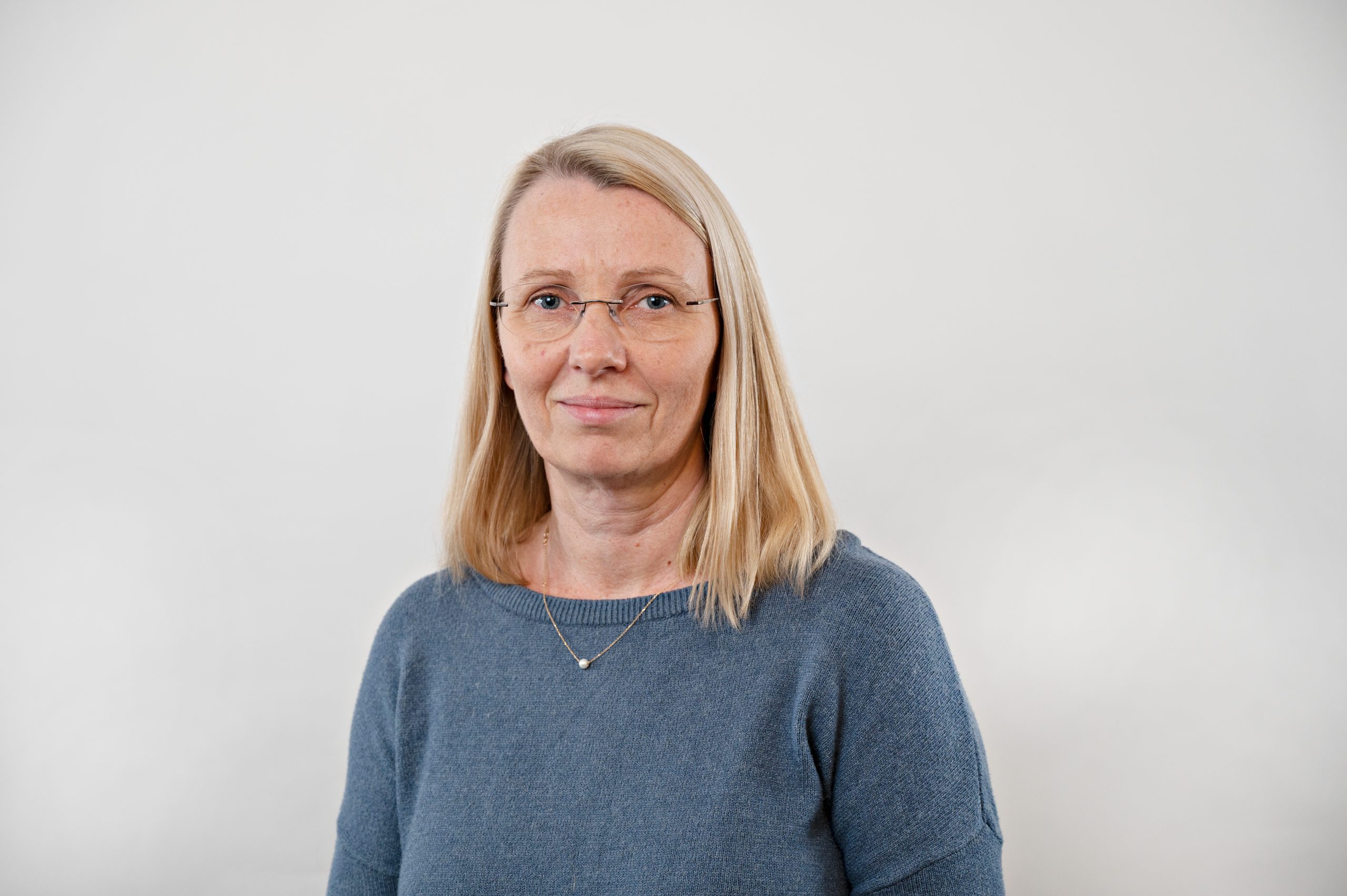
The role of the consumer
Analyses from WHO estimate that microbes, toxins and allergens in food account for about 23 million cases of illness in Europe each year, most of them being diarrheal diseases. Consumers may reduce risk through safer practices applied during food preparation, storage and food choices as nearly 40% of foodborne outbreaks are from households. SafeConsume is a Horizon 2020 funded project aiming to improve the food safety situation in Europe through changing consumer behaviour. A broad range of strategies were developed, including reducing risk via kitchen tools, new risk communication strategies, educational material for teenagers and an inclusive food safety policy.
A new approach to build risk mitigating strategies
As existing strategies to make consumers change practices seemed to fall short, SafeConsume implemented a trans-disciplinary approach, meaning that methodologies from social sciences and natural sciences were merged and scientists from several disciplines worked together both to gather and analyse data about consumers and microbes. Furthermore, to transform scientific information into practice, principles from design-driven innovation was integrated through the whole process involving scientists, technologists, designers, educators, market actors, NGO’s and authorities.
Common practices threatening the safety
Knowledge about consumer practices and kitchens were gathered through observations, interviews and a web based survey. The material environment, consumers skills and beliefs were considered.
An example of a common challenge across Europe was that refrigerator temperatures are too high (mean about 6 °C), consumers do not know the temperature inside their fridge or how to adjust it and it is a common belief that it is possible to sense that the temperature is too high. Also, many refrigerators were overpacked and vulnerable consumers were not aware about high risk foods.
Strategies to help consumers
SafeConsume approached the challenge of unsafe storage of foods through various means, such as research showing that it is not possible to sense the temperature of the fridge just by touching beer cans and foods (Using tactile cold perceptions as an indicator of food safety-a hazardous choice – ScienceDirect,), development of a time-temperature indicator for consumers to aid easier track of the safety of left overs, technology for better temperature control of fridges, educational materials for teenagers (e-Bug | England Home) and a food safety game (available on Google Play, Apple Store and https://webgl.scienceathome.org/safeconsumegame/). Together, the strategies target both consumers need for information about risks, improving skills and access to technology to reduce risk.
Policy models
In addition to storage, cooking practices, washing fruit and vegetables and kitchen hygiene has been studied and strategies to reduce risk at the consumer stage were developed for all these issues. All the knowledge gathered has been fed into a working group developing recommendations for improved risk communication across different actors in the food chain, including authorities, NGOs and consumers. These recommendations will be published by the end of October 2022.
Want to learn more?
Visit the SafeConsume website and the Safeconsume conference in Bucharest June 27-28th to learn more about safe and unsafe kitchen practices and how to reduce risk at the consumer stage.
Latest Articles

Towards holistic, AI-driven emerging risk assessment: catching stakeholders’ needs in Living Labs
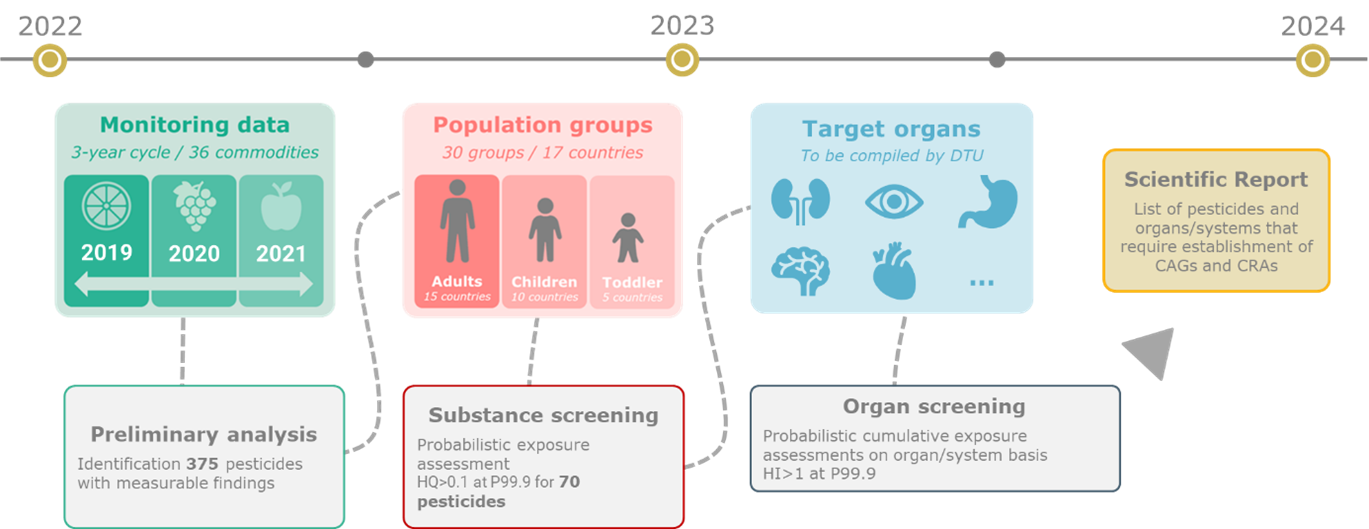
Protecting public health: understanding the importance of cumulative risk assessment of pesticides
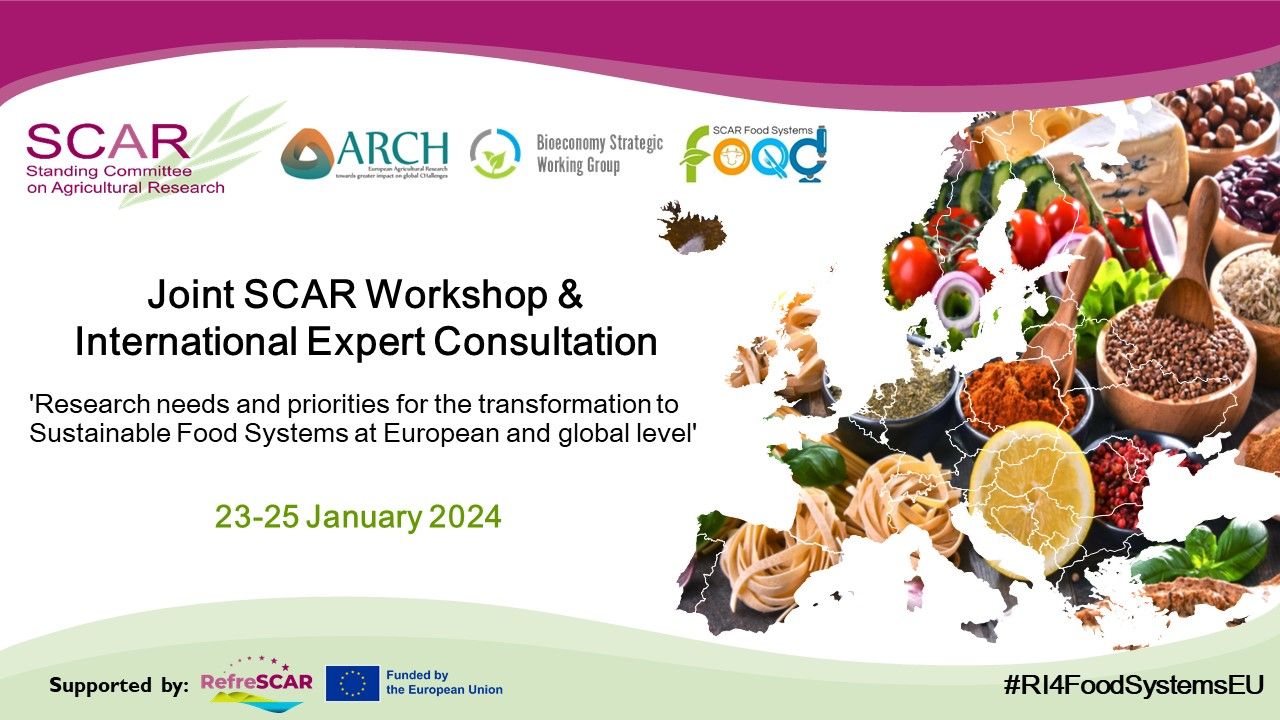
SCAR consultation workshop on Sustainable Food Systems: highlights from EU FOOD SAFETY PLATFORM
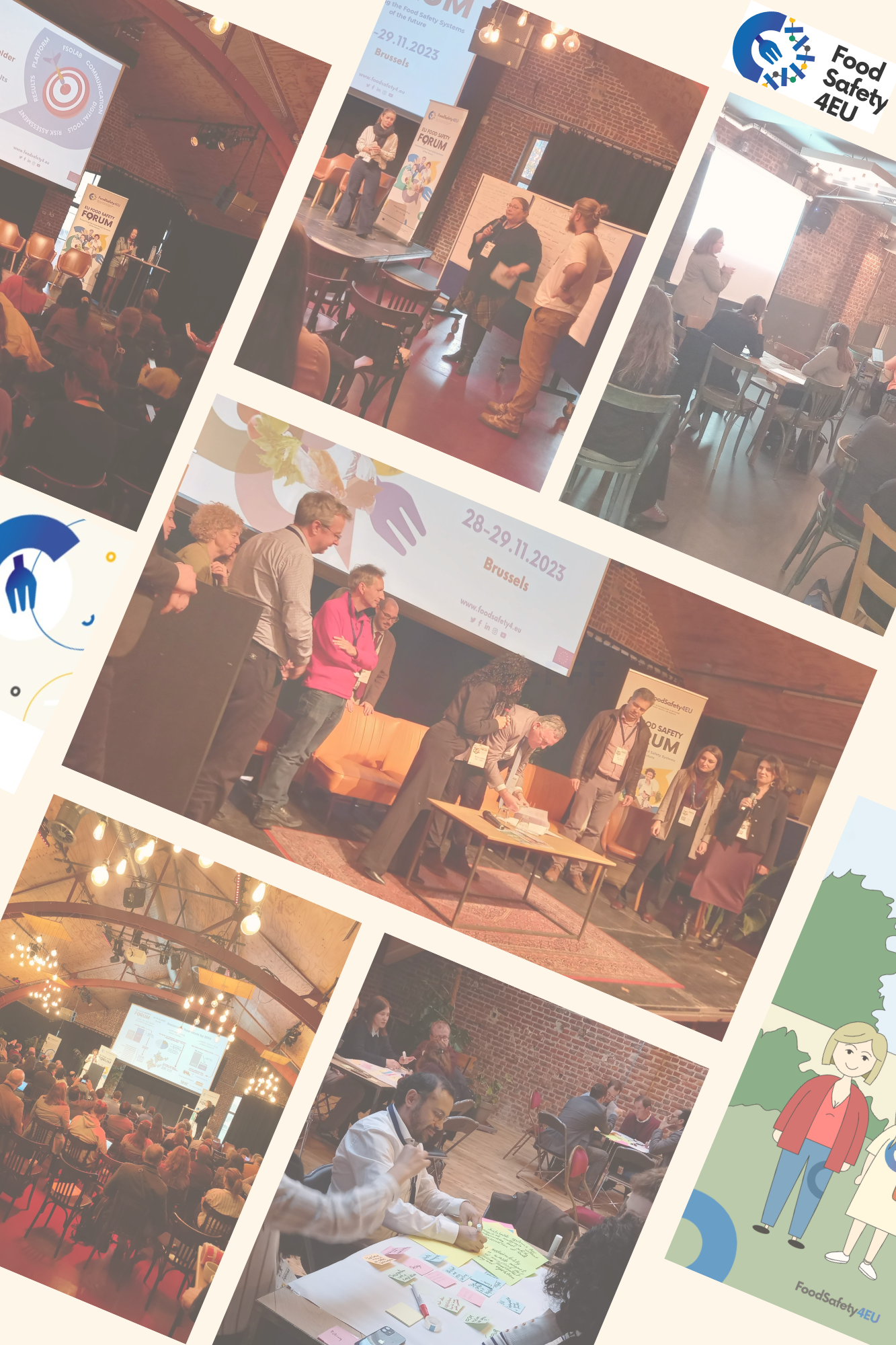
Pioneering advances in the EU Food Safety System: highlights from the first EU Food Safety Forum
Food4Future_cz

New Tools for Preventing Harmful Bacteria in Ready-to-Eat Foods


